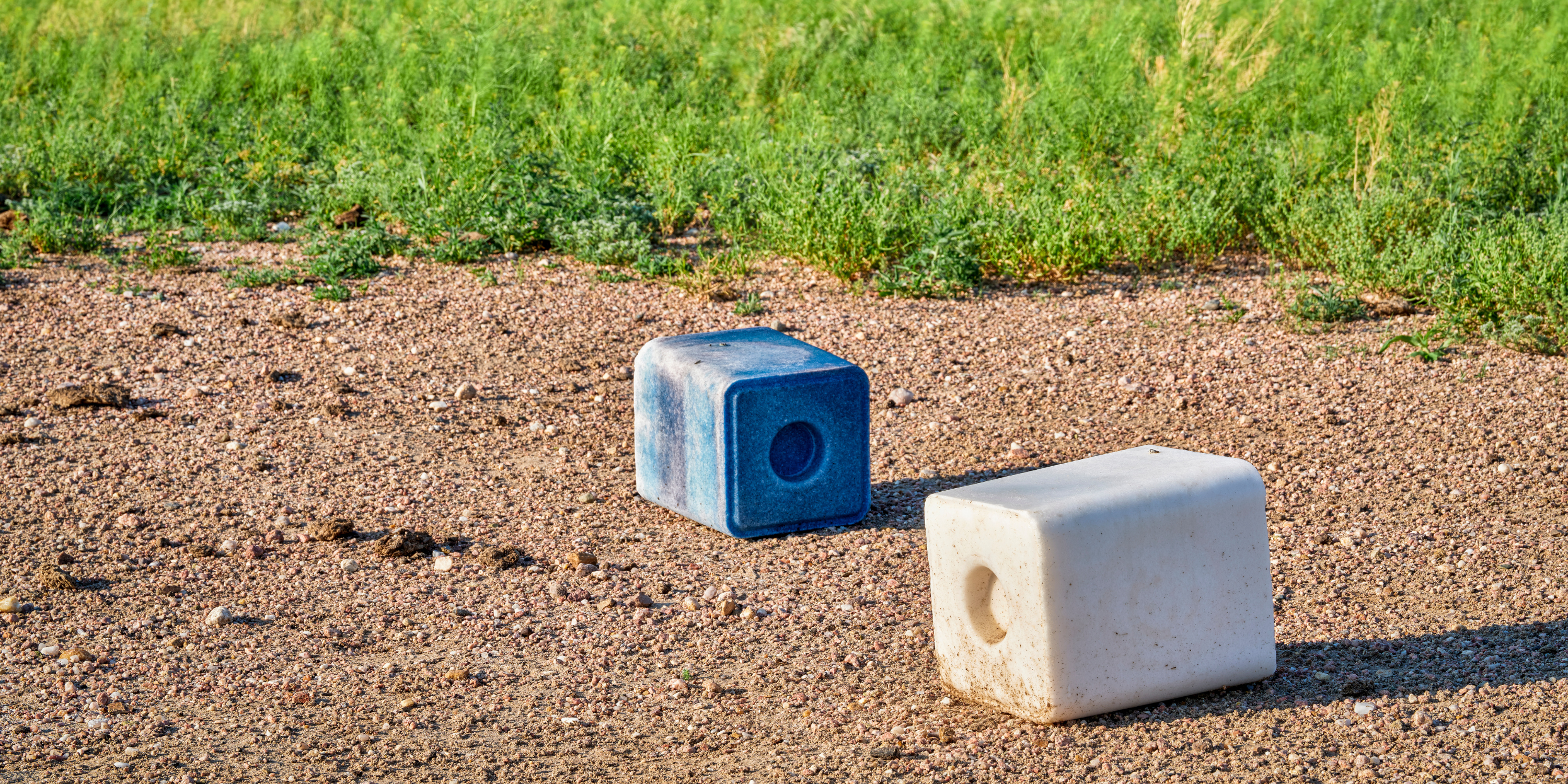
Where (and Why) to Place Mineral Supplements for Your Livestock
When it comes to livestock mineral supplementation, it’s not just what you offer — it's where you place it that can make or break your program.
The location of mineral feeders, blocks, or loose minerals can dramatically influence how much your animals consume. Whether you want to increase intake to correct a deficiency or slow consumption to prevent overuse and waste, strategic placement is key.
Here’s how to place your mineral supplements to either encourage more consumption or control it — and why it matters for your livestock and your bottom line.
Why Placement Matters
Mineral intake isn't always consistent across a herd. Some animals may consume too little, others too much.
Poor mineral intake can lead to:
-
Deficiencies and health problems
-
Wasted product and money
-
Uneven herd performance
Proper placement helps you manage intake naturally without needing complicated feeding systems or constant monitoring.
How to Encourage More Mineral Consumption
If animals aren't getting enough minerals — whether due to low palatability, weather issues, or lack of access — you can boost their intake by placing mineral supplements where they naturally gather.
Best Practices:
-
Near water sources: Cattle visit water regularly, making this a prime spot.
-
Along well-traveled paths: Think alleyways between pastures, or routes between bedding areas and water.
-
Close to shade or loafing areas: Especially during hot months, cattle will congregate in shady spots, so placing minerals nearby ensures they’ll encounter them.
-
During new pasture rotations: Introducing minerals near fresh grazing spots can encourage early curiosity and intake.
Additional Tips:
-
Use loose mineral forms rather than blocks if faster intake is desired (blocks take more effort to lick).
-
Ensure minerals are fresh and dry — cattle avoid wet, clumpy, or spoiled minerals.
-
Offer minerals in multiple locations for large herds to reduce competition and ensure timid animals get access.

How to Slow Down Mineral Consumption
If you notice your livestock are over-consuming minerals — which can be costly and potentially harmful — you can naturally slow intake by making access less convenient.
Best Practices:
-
Place minerals farther from water and shade: Make cattle travel to access them, which discourages casual overconsumption.
-
Use mineral blocks instead of loose minerals: Blocks require more licking effort and slow intake naturally.
-
Limit the number of mineral stations: In small herds, fewer access points can reduce overall consumption without causing aggressive competition.
-
Mix minerals with salt: Salt can act as a natural limiter, encouraging animals to regulate their own intake.
Caution:
Be careful not to place minerals so far away that some animals (especially young or weak individuals) won’t seek them out at all.
Finding the Right Balance
Sometimes, the goal isn't extreme — you don't want too much or too little intake.
In those cases, it's smart to:
-
Rotate mineral placement every few weeks to maintain moderate interest.
-
Monitor consumption rates closely (most products will have target intake guidelines, like 2–4 oz per head per day).
-
Adjust placement seasonally — cattle behavior changes with weather, pasture quality, and physiological demands (like calving or breeding).
Practical Examples:
|
Situation |
Best Placement Strategy |
|
Poor mineral intake, thin cows |
Place minerals right by water or loafing areas |
|
Overeating minerals, rising costs |
Place minerals away from water and use blocks |
|
Spring grass tetany risk (need magnesium) |
Place minerals directly on fresh green pasture entry points |
|
Hot summer weather |
Near shade or cool water sources where cattle congregate |
Final Thoughts
Mineral supplements are one of the simplest — and most cost-effective — tools for maintaining a healthy, high-performing herd. But to get the most from your investment, it’s critical to think beyond the bag or the block and start thinking about placement strategy.
Up next: How to Adjust Mineral Supplementation for Cattle by Season and Age
By encouraging the right amount of intake through smart placement, you’ll support better livestock health, reduce waste, and keep your operation running smoothly — one mineral station at a time.
Share


